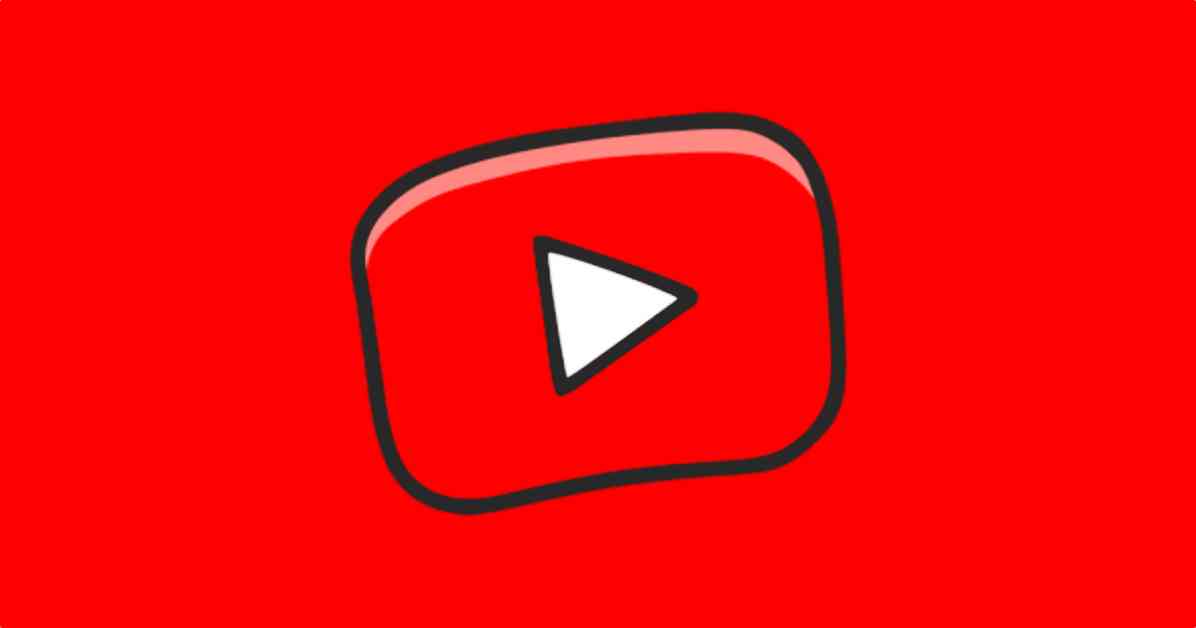YouTube has reclaimed its position as the top cool brand for kids and teens in the UK, surpassing Netflix in the 100 Coolest Brands study conducted by Beano Brain, a specialist kids and family insights agency. The annual report, now in its third edition, surveyed 21,000 youngsters to determine the most popular brands among the younger demographic.
Entertainment giants like YouTube, Netflix, Nintendo, and Disney continue to battle it out for the top spots, with brands rooted in storytelling and offering a wide range of content dominating the top 10 list. YouTube’s success can be attributed to its vast array of content, catering to various interests and preferences of kids and teens. With a successful mix of long and short-form content, YouTube allows young viewers to engage with the platform at their own pace.
Food and drink brands also hold a significant presence in the top 20, with popular names like McDonalds, Oreo, Pringles, Skittles, Coca Cola, KFC, Domino’s Pizza, Fanta, Cadbury’s, and M&M’s making the list. These brands not only offer products that kids enjoy but are also associated with fun family time and treats, adding to their appeal among youngsters.
On the other hand, social media apps saw a decline in popularity among kids and teens, with TikTok, WhatsApp, Snapchat, and Instagram dropping down the rankings. This shift indicates a changing landscape in how young people engage with digital platforms and the types of content they prefer.
One of the standout brands in this year’s report is shoe brand Crocs, which saw a significant rise in the rankings, climbing 35 places to secure the 49th position. Additionally, collectible plush toy brand Squishmallows made a notable jump, breaking into the top 20 at number 18, reflecting the evolving preferences of kids and teens.
Lego, a classic favorite among children, secured a spot in the top 10, replacing Coca Cola. The brand’s collaborations with popular franchises like Minecraft have helped maintain its appeal among young audiences. Meanwhile, UK brands face challenges in breaking into the top 30, with high street bakers Greggs being the highest-ranked British brand at 31.
The BBC experienced a slight recovery in the rankings, moving up 8 points from the previous year. New entrants in the top 100 included SuperDrug, Boots, Uno, Subway Surfers, EA Sports, Samsung, Pandora, Poundland, and Taco Bell, showcasing the diverse range of brands that appeal to kids and teens in the UK.
According to Helenor Gilmour, Director of Strategy at Beano Brain, YouTube’s success can be attributed to its reputation as a safe and educational platform for kids. Unlike TikTok, YouTube is seen as a place where young viewers are less likely to encounter inappropriate content, making it a preferred choice for parents. The platform’s extensive library of content, ranging from music to educational videos, has solidified its position as a one-stop-shop for this generation.
Gilmour highlighted the sophistication of young consumers in their brand choices, noting that kids and teens are often more discerning than adults when it comes to the brands they engage with. Brands that incorporate humor and create engaging content have gained cool points with this demographic, as humor plays a significant role in connecting with kids and welcoming them into the brand’s world.
Pete Maginn, Managing Director of Commercial Insight at Beano Brain, emphasized that being a cool brand is not limited to a specific category, with the top 20 featuring brands from various sectors. Brands that have responded to current trends, such as the cost of living crisis, and have focused on family sharing opportunities have performed well in the rankings. McDonalds and Squishmallows are examples of brands that understand the attributes that make them cool in the eyes of kids and have successfully leveraged these qualities.
In conclusion, the Beano Brain 100 Coolest Brands report for 2024 showcases the evolving preferences and trends among kids and teens in the UK. With YouTube reclaiming the top spot, brands across various sectors are adapting to meet the changing demands of young consumers. By understanding the unique preferences and values of this demographic, brands can continue to engage with kids and teens in meaningful ways, securing their position as cool and relevant in the eyes of the younger generation.






















